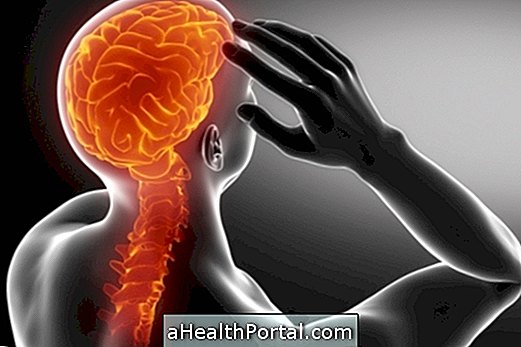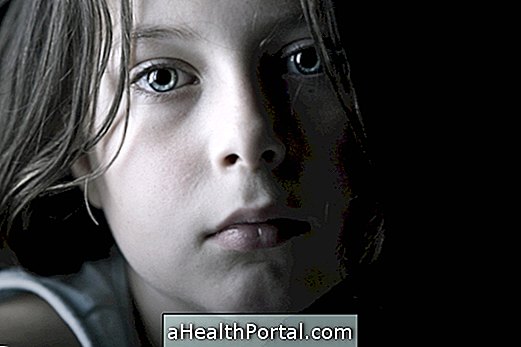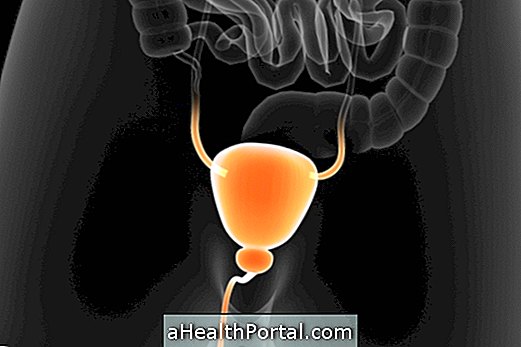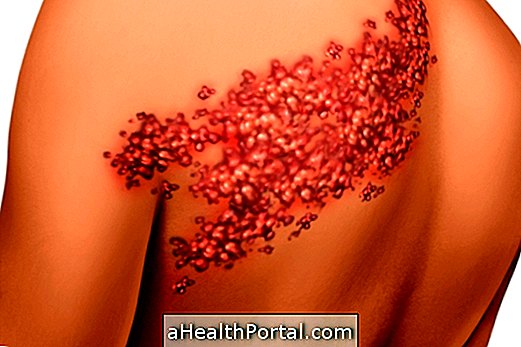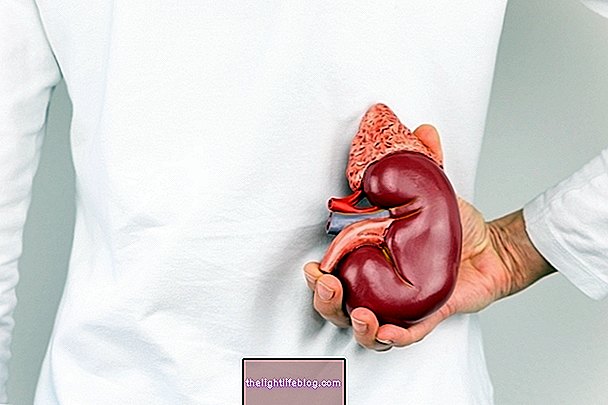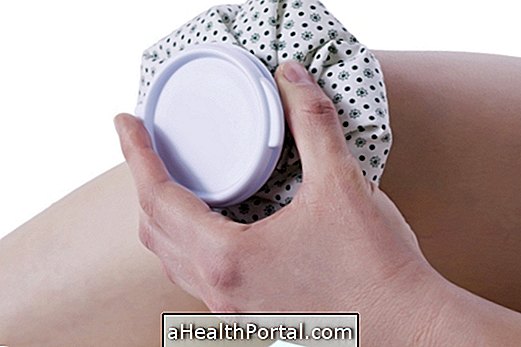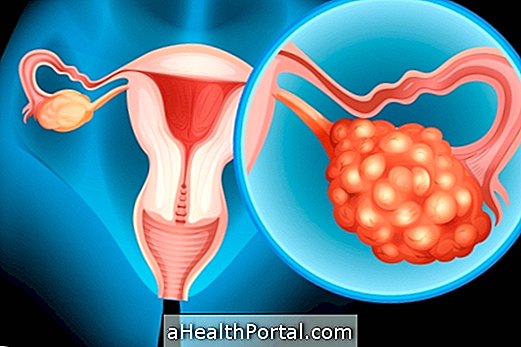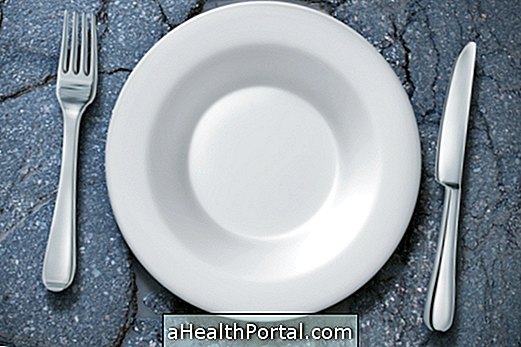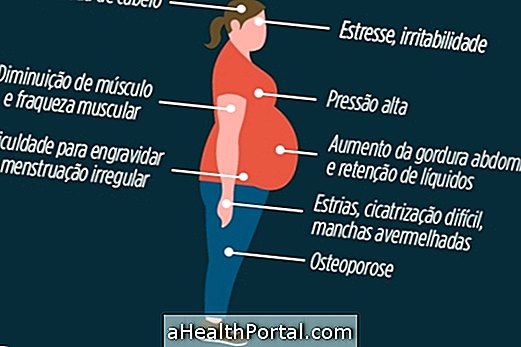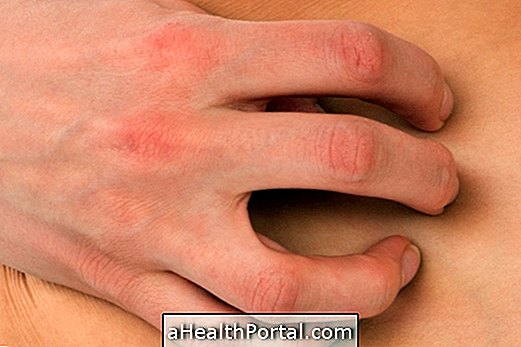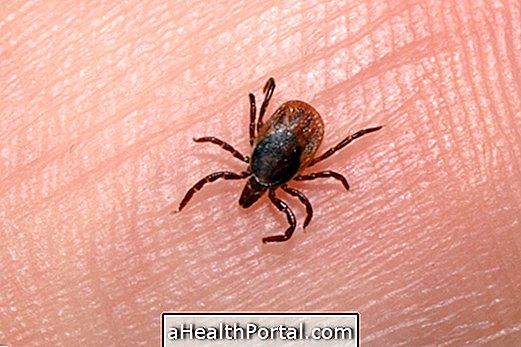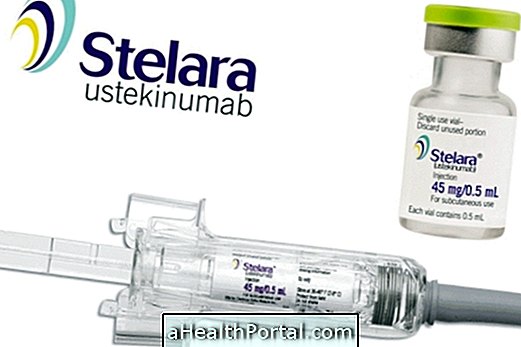Kidney stone symptoms usually appear suddenly when the stone is very large and gets stuck in the kidney as it begins to descend through the ureter, which is a very tight canal up to the bladder, or when it causes an infection.
The kidney crisis may vary over time, especially with regard to the location and intensity of pain, but small stones often cause no problems and are often only discovered during urine, ultrasound, or X-ray examinations. example.
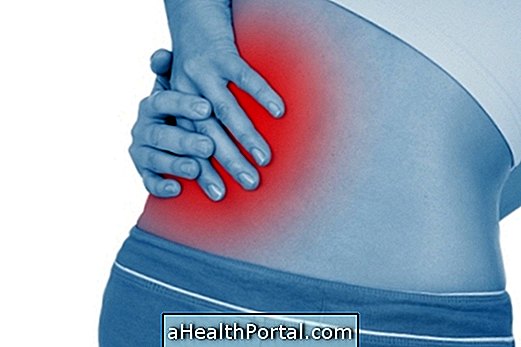
Main symptoms
Thus, when the person feels difficulty in lying down and resting due to severe back pain, nausea or pain to urinate, it is possible that he has kidney stone. Find out if you can have kidney stone by doing the following test:
- 1. Severe pain in the lower back, which may limit movement Yes No
- 2. Pain radiating from the back to the groin Yes No
- 3. Pain when urinating Yes No
- 4. Pink, red or brown urine Yes No
- 5. Frequent urge to urinate Yes No
- 6. Nausea or vomiting Yes No
- 7. Fever above 38º C Yes No

The location and intensity of the pain can vary depending on the movement of the stone inside the body, being of greater intensity when it goes through the ureter to the bladder, to be eliminated along with the urine.
In cases of severe pain that does not pass, fever, vomiting, blood in the urine or difficulty urinating, the doctor should be checked for tests and treatment initiated quickly.
Why does pain recur?
After a seizure, it is common to feel a pressure, slight pain or burning while urinating, symptoms that are related to the release of the remaining stones that the person can possess.
In these cases, you should drink at least 2 liters of water a day and take pain-relieving medicines and relax the muscles, such as Buscopan prescribed by the doctor during the previous crisis. However, if the pain gets stronger or lasts longer than 2 hours, you should go back to the emergency room. Know what to do so you do not have another crisis.
Kidney Stone Treatment
Treatment during a kidney stone crisis should be indicated by a urologist and is usually started at the hospital through the use of analgesic remedies in the vein such as Tramadol and antispasmodic remedies such as Scopolamine. After a few hours of pain, the patient is discharged.
At home, treatment can be maintained with oral analgesic remedies such as Paracetamol, resting and moisturizing with about 2 liters of water per day, to facilitate the exit of the stone.
In the most severe cases, where stone is too large to go out on its own, surgery or laser treatment may be necessary to facilitate its removal. However, during pregnancy, treatment should only be done with pain medication and medical follow-up. See all types of treatment for kidney stones.
To confirm the symptoms and to differentiate the types of pain, see:
- Know The Major Causes And How To Relieve Back Pain
- Symptoms of stone in the gallbladder
- How to know if I have kidney stone

